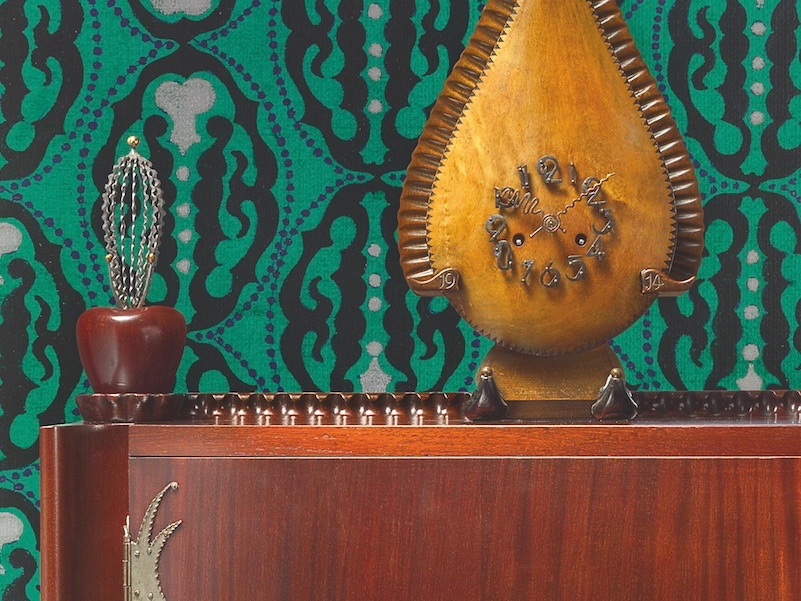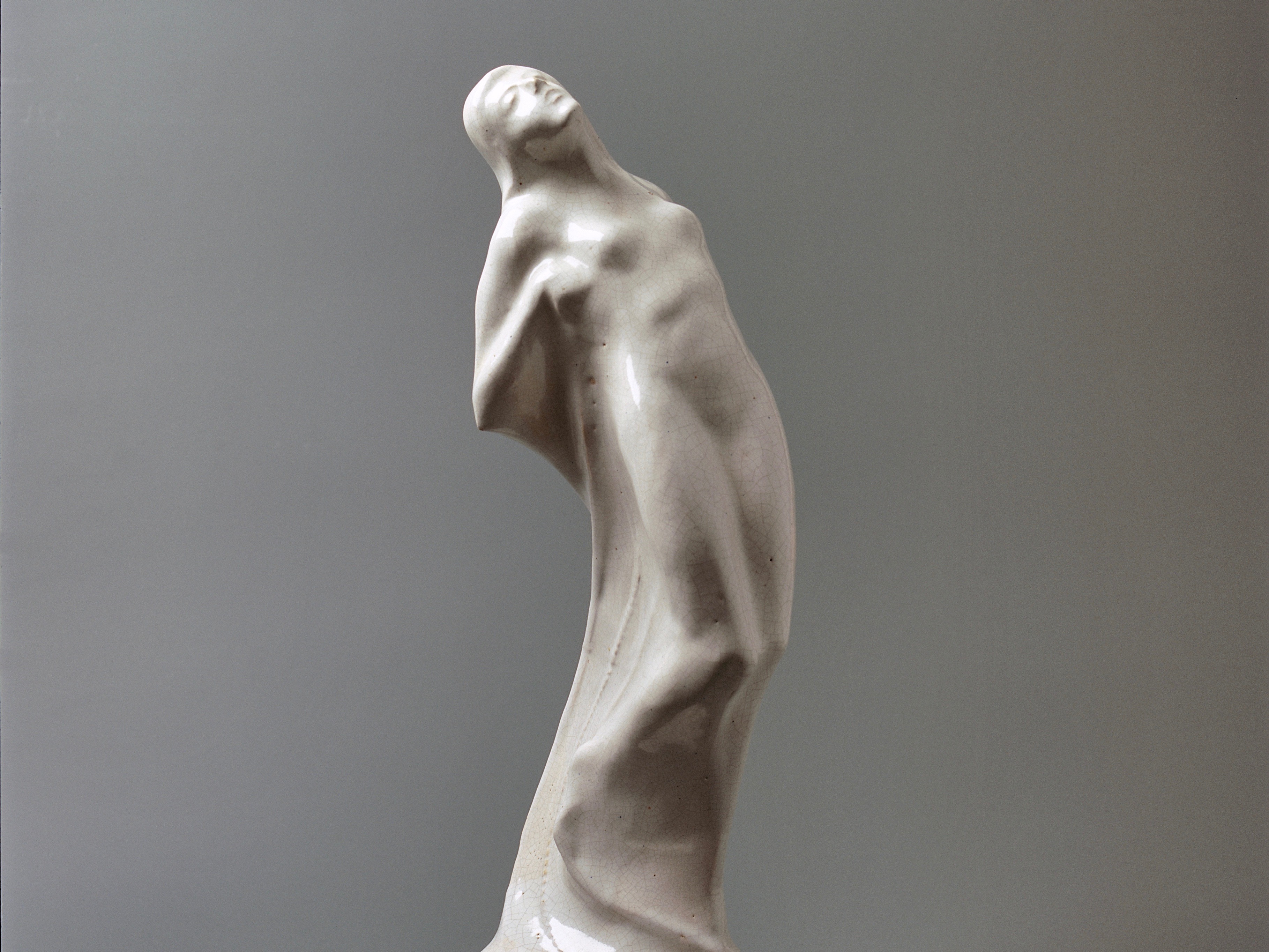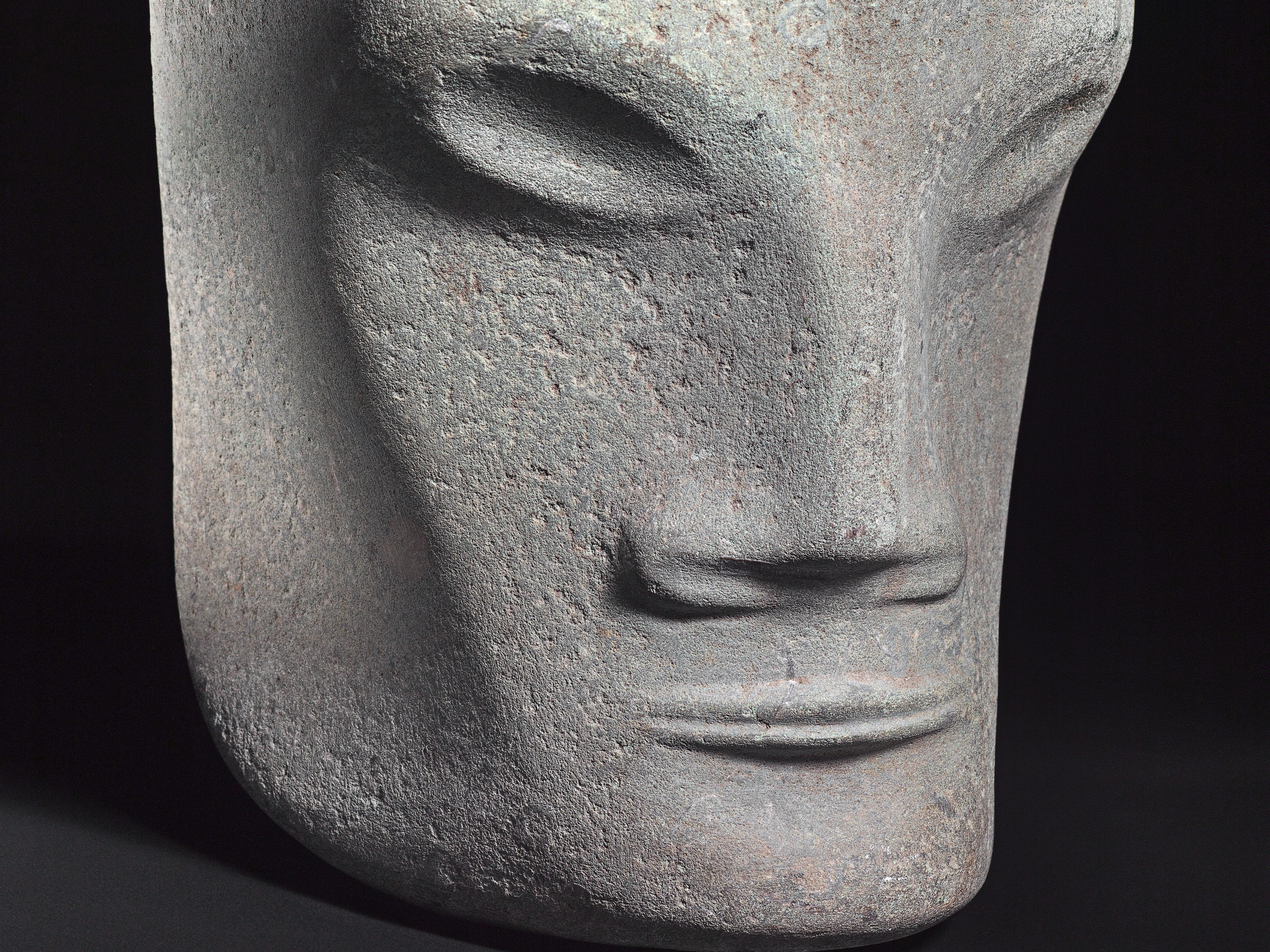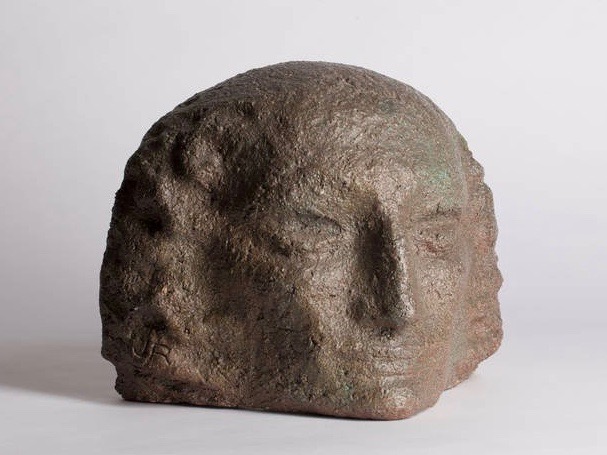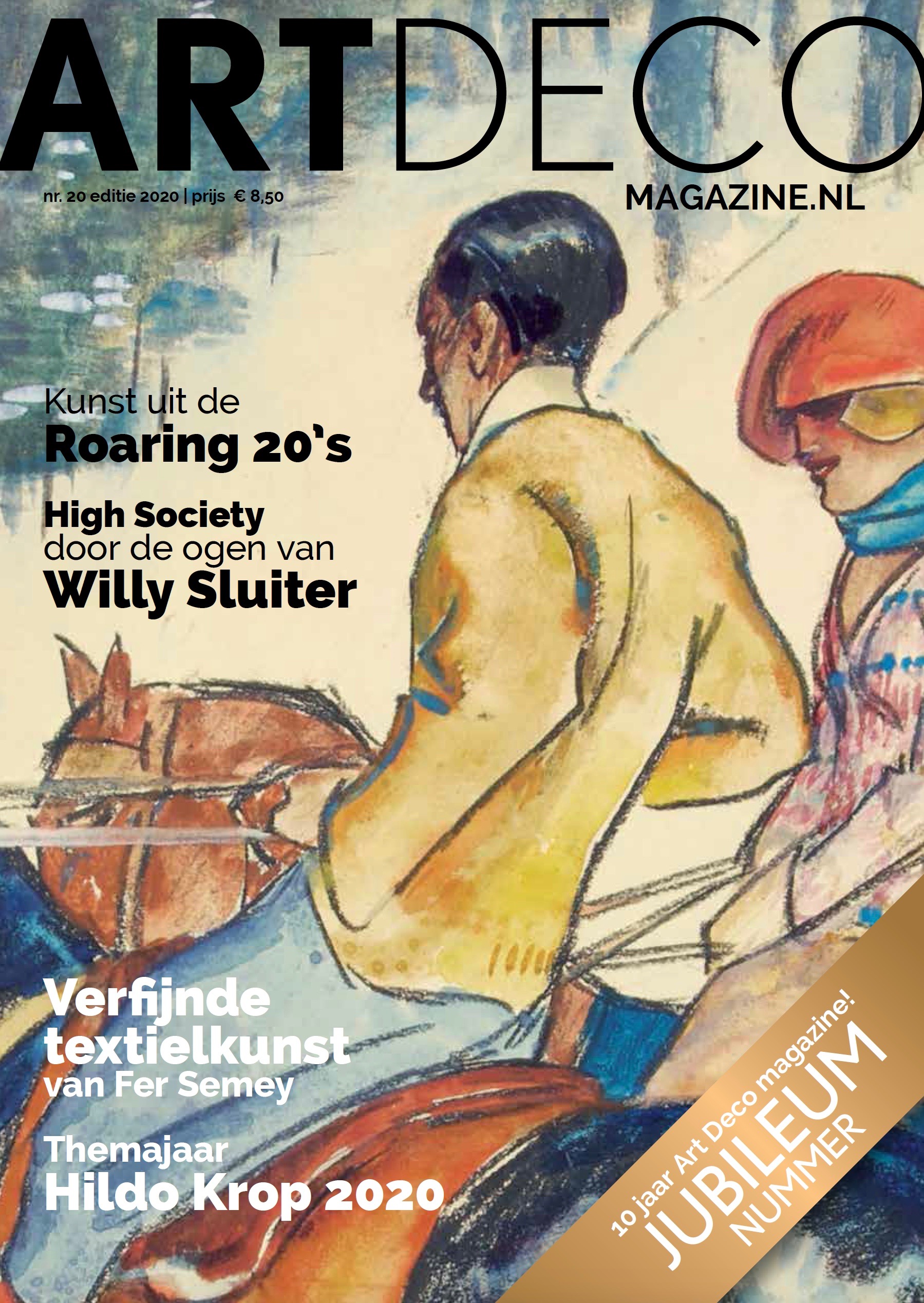Living in the Amsterdam School: Designs for the interior 1910-1930
Early last century, the explosion of energy, creativity, new shapes and innovative materials culminated in 1916 with the opening of the prestigious Scheepvaarthuis, or Shipping House, now Grand Hotel Amrâth Amsterdam. It’s also when the movement became known as the Amsterdam School. In 2016, various cultural venues throughout the capital celebrated the 100th anniversary of the Amsterdam School. One of them was the Stedelijk Museum with a major exhibition of Amsterdam School interiors.
Furniture, lamps, clocks, ceramics and textile
The Amsterdam School is famous for its architecture, both in the Netherlands and internationally. However, the school’s spectacular designs for the interior are less well-known: the movement also included designs for furniture, lamps, clocks, ceramics and textile. In the Summer of 2006 The Stedelijk Museum presented the first-ever major presentation of furniture, lamps, clocks and other designs by this prestigious Amsterdam movement. The survey was the fruit of many years of research, and an appeal for help in tracing items related to the movement. The search for objects led to the discovery of numerous designs now in private hands, which were also included in the exhibition.
The Amsterdam School
With its expressive and rich forms, the Amsterdam School is unique in the Netherlands. Two variants emerged: the more expressive style with exuberant shapes, deep, contrasting colors and distinct contour lines, and the crisper, more geometric style influenced by the journal Wendingen, the platform of the Amsterdam School. Not only architects like Michel de Klerk, sculptors like Hildo Krop and furniture designers such as Harry Dreesen and Louis Deen worked in the Amsterdam School style; the movement also inspired companies like Metz & Co. This led to the movement’s aesthetics extending far wider than one might originally have thought—its influence not only spread throughout the Netherlands, but also reached the Dutch East Indies.
Lobby of the Tuschinski cinema
The exhibition began with an introduction to the architecture, which evolved on the eye of World War I, and against the backdrop of the women’s suffrage movement. In addition to focusing on different designers, the presentation also explored the commercial dissemination of the style, and the links with bars, restaurants, and the theater—of which the lobby of the Tuschinski cinema in Amsterdam is a spectacular example. The exhibit also featured the presentation of the Amsterdam School at the International Exhibition in Paris, in 1925. Some five hundred objects were presented, loaned by over 75 lenders. Included were pieces by Tine Baanders, Louis and Willem Bogtman, Fré Cohen, Joseph Crouwel, De Nieuwe Honsel, Jaap Gidding, Dick Greiner, Michel de Klerk, Piet Kramer, Hildo Krop, Marie Kuyken, Liem Bwan Tjie, Joan Melchior van der Mey, Gustaaf Adolf Roobol, and H.Th. Wijdeveld, among others.
Renewed appreciation
The Amsterdam School was at the height of its popularity in the 1920s, but soon after and especially after World War II, the style was overshadowed by the constructivism of De Stijl and the Functionalism of the Bauhaus. It wasn’t until the nineteen seventies that the Amsterdam School saw a resurgence of interest, partly as a result of attention from Italy and the US. The Stedelijk Museum organized the first major exhibition in 1975, which centered on architecture. With this, the museum was instrumental in rekindling renewed appreciation of the movement. In the nineteen nineties, a modest degree of interest in Amsterdam School interiors began to emerge, brought about partly by the restoration of large social housing projects in Amsterdam and buildings such as the Shipping House and Tuschinski Theater. Postmodernism also played a role in this renewal of interest: expressivity and decoration were once more able to play a larger part in contemporary architecture and design.
Analyzing the furniture design of the Amsterdam School
Living in the Amsterdam School included numerous objects from private homes, brought to the museum after advertisements in the media, sparking off a wave of excited responses. The exhibition was accompanied by a comprehensive publication of the same name, with essays that analyze the furniture design of the Amsterdam School, its commercial reception, stained glass lamps in the Amsterdam School style, the international context of the movement and influences on contemporary architecture and design. (Stedelijk Museum/Thoth, English, 300 pp., paperback and hardback)
Photo: Erik & Petra Hesmerg
© Kunstconsult – 20th century art | objects
Reproduction and distribution of this text is only allowed with correct reference.
